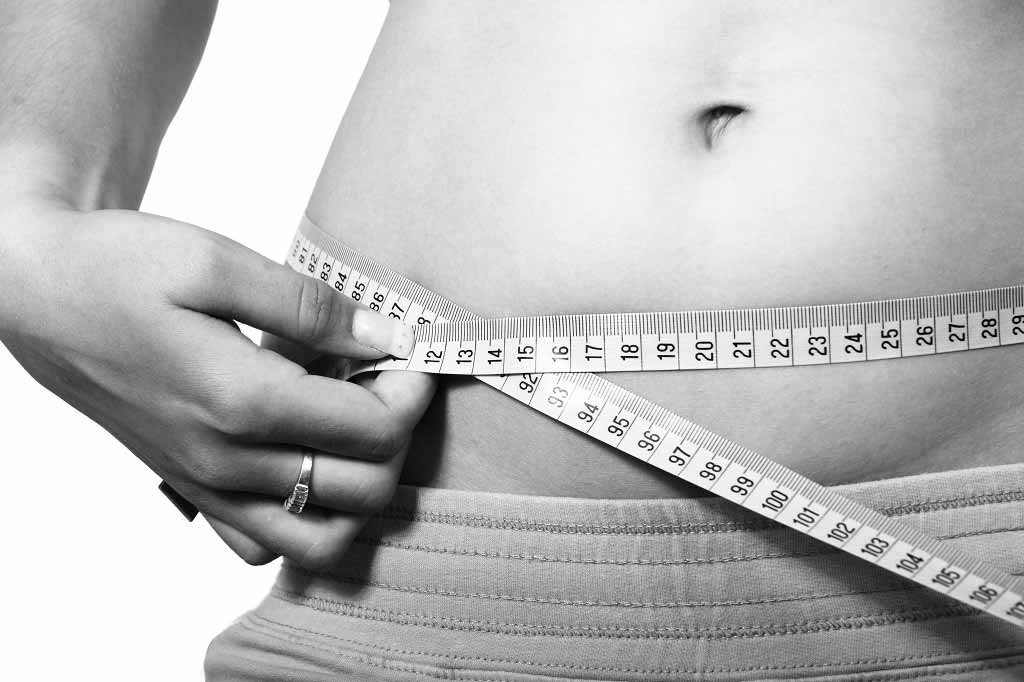Caesareans linked to obesity in offspring
Obesity
"Babies born by caesarean section are more likely to be obese adults," the Daily Mail reports, after an analysis found a link between caesarean section and obesity in later life. However, a direct link between the two remains unproven.
Babies born by caesarean section are more likely to be obese adults, the Daily Mail reports, after an analysis found a link between caesarean section and obesity in later life. However, a direct link between the two remains unproven.
The paper reports on a large analysis that studied links between delivery method and weight of offspring in later life. It found that the chances of being overweight in adulthood were 26% higher for babies born by caesarean section, while the chance of being obese was 22% higher.
However, the research does not prove that being born by caesarean section makes people obese – there are a number of other determining factors. For example, many obese women require caesareans for medical reasons, and if a mother is obese, there is a higher risk of the child also becoming obese.
The analysis looked at studies that dated mainly from the 1930s to the 1970s. Back then, there were fewer grounds for performing a caesarean section, so a serious medical reason would probably have been present. This may, in part, account for the increased rates seen, with caesareans becoming increasingly more common.
The number of caesarean sections has risen 100% since 1990 and obesity rates are also soaring, meaning that further research may be beneficial.
Where did the story come from?
The study was carried out by researchers from the University of London and was funded by Imperial College, London.
It was published in the peer-reviewed, open access medical journal PLOS One. Read it for free online here.
The story was covered fairly in the media, with several papers pointing out that other determining factors may explain the links between caesarean sections and adult obesity.
The Daily Telegraph made a technical error when it reported that a healthy body mass index (BMI) is between 25 and 29.9. A BMI between 18.5 and 24.9 is classified as healthy, while a BMI between 25 and 29.9 is overweight.
What kind of research was this?
This was a systematic review and meta-analysis, looking at the association between delivery method and obesity in adult offspring. The authors point out that over the last 20 years, there have been increases worldwide in both obesity and caesarean sections. In England, adult obesity rose from 16.4% to 26% between 1995 and 2010, while there was a 100% increase in caesarean sections between 1990 and 2008.
Previous research suggests that a caesarean section delivery may be linked to health problems in childhood, such asthma and type 1 diabetes. An association between a caesarean section delivery and adulthood obesity has also been mooted.
What did the research involve?
The researchers conducted a systematic review of studies reporting adult BMI, height, weight, incidence of being overweight or obese and the mode of delivery.
In this type of study, researchers identify and assess all the high-quality evidence they find on a specific question. They have pre-specified criteria and use methods that minimise bias, to produce more reliable findings.
The researchers searched several electronic databases for any article on the subject published before March 2012. Research published in all languages and from all countries was included.
The studies were independently screened for eligibility by two reviewers, and the quality of each study was assessed using a validated scale.
Researchers also carried out a meta-analysis of the association between the mode of delivery, the BMI of offspring and whether they were overweight or obese in adulthood. They separately analysed the data for male and female offspring.
They divided caesarean sections into those carried out as an emergency and those that were planned.
What were the basic results?
The researchers identified 35 studies on the topic, 15 of which were suitable for inclusion in their review. The 15 studies had a combined population of 163,753, from 10 countries. The age at which adult offspring had their BMI measured ranged from 18 to 69.6 years. The caesarean sections occurred between 1934 and 1989, with only one study looking at more recent caesarean sections.
Compared to those born by vaginal delivery, adults who had been born by caesarean section had:
- an average increase in BMI of 0.44kg
- a 26% greater chance of being overweight (Odds Ratio (OR) 1.26; Confidence Interval (CI) 1.16-1.38)
- a 22% greater chance of being obese (OR 1.22; CI 1.05-1.42)
Similar results were found when separate analyses were carried out for men and women.
How did the researchers interpret the results?
The researchers conclude that there is a strong association between caesarean sections and the chances of having a higher BMI, being overweight and being obese in adulthood.
Given the rising number of caesarean sections being carried out worldwide, they say further research is urgently required to determine whether the method directly leads to a high risk of being overweight or obese in adulthood, or whether other factors are involved.
In an accompanying press release, Professor Neena Modi from the Department of Medicine at Imperial College London, the report's senior author, said: "There are good reasons why caesarean sections may be the best option for many mothers and their babies, and caesarean sections can, on occasion, be life-saving. However, we need to understand the long-term outcomes, in order to provide the best advice to women who are considering caesarean delivery”.
Conclusion
Given the increase in both weight problems and caesarean sections, any association between the two is an important topic for further research.
As the researchers point out, there are plausible mechanisms by which caesarean section delivery might influence adult body weight in offspring. The types of healthy bacteria in the gut differ in babies born by caesarean section and vaginal delivery, which may affect later health.
Also, the way the baby is compressed during vaginal birth appears to influence which genes are “switched on”, and this could have a long-term effect on metabolism.
However, as the researchers point out, their study did not adjust its findings for factors (called confounders), which could have influenced the results.
There are a number of underlying factors that can both make a caesarean section necessary and increase obesity risk in the offspring.
They include a high BMI in the mother, gestational diabetes, pregnancy and lower socioeconomic status.
Even if there is definite association between caesarean sections and an increased risk of obesity, it is possible to offset that risk by encouraging your child to eat healthily and undertake regular exercise.
Research suggests that healthy habits engrained during early childhood are likely to persist into adulthood. Read more about child health.






 Subscribe
Subscribe Ask the doctor
Ask the doctor Rate this article
Rate this article Find products
Find products





